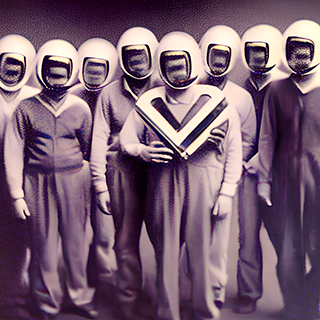Transforms
Scale
Utilities for scaling elements with transform.
Quick reference
| Class | Description |
|---|---|
scale-{percentage} | transform: translateX({percentage})transform: translateY({percentage}) |
scale-x-{percentage} | transform: translateX({percentage}) |
scale-y-{percentage} | transform: translateY({percentage}) |
Available values
{percentage}: Accepts any percentage value.
Basic usage
Scaling an element
Use the scale-{percentage}, scale-x-{percentage}, and scale-y-{percentage} utilities to scale an element.
scale-75


scale-100

scale-125

<img class="scale-75 ...">
<img class="scale-100 ...">
<img class="scale-125 ...">Using negative values
To use a negative scale value, prefix the class name with a dash to convert it to a negative value.
<img class="-scale-50" />Removing transforms
To remove all transforms on an element at once, use the transform-none utility. This can be useful when you want to remove transforms conditionally, such as on hover or at a particular breakpoint.
<div class="scale-75 translate-x-16 skew-y-16 md:transform-none"></div>Applying conditionally
Hover, focus, and other states
Warp lets you conditionally apply utility classes in different states using variant modifiers. For example, use hover:scale-125 to only apply the scale-125 utility on hover.
<div class="hover:scale-125"></div>Breakpoints and media queries
You can also use variant modifiers to target media queries like responsive breakpoints, dark mode, prefers-reduced-motion, and more. For example, use md:scale-125 to apply the scale-125 utility at only medium screen sizes and above.
<div class="md:scale-125"></div>